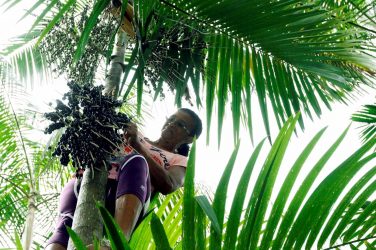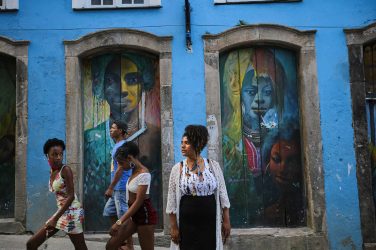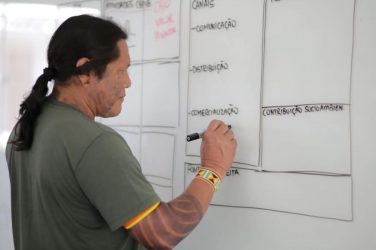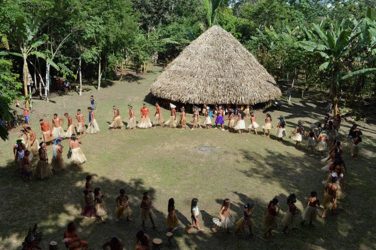
After the environmental permitting for the São Luiz do Tapajós, Pará, hydropower dam project was called off by the Brazilian Institute for the Environment and Renewable Natural Resources (IBAMA), the government decided to suspend the project.
Mines and Energy Minister Fernando Coelho Filho said the government is indeed willing to halt all project efforts in the region. This will not create any major difficulties in an energy supply perspective, according to him, because the country has alternatives.
Despite the government’s move, Greenpeace announces it will continue to campaign against the prospects of building other dams in the Amazon region. According to Greenpeace, there still are 42 dam projects planned for the Tapajós river basin and dozens in the Amazon.
Danicley Aguiar, from Greenpeace’s Amazon campaign, says IBAMA did the right thing. “This dam poses extreme risk to biodiversity conservation in the Tapajós river and, above all, threats to the livelihoods of Munduruku indigenous people,” he said.

He went on to say Greenpeace will continue to work to sensitize Brazilian government and society to the risks plans to expand Brazil’s hydropower capabilities in the Amazon pose to the ecological balance of the biome and the threats to the local population, especially indigenous and traditional people.
Earlier this month, IBAMA decided to call off the plant project’s environmental permitting process. According to IBAMA Chair Suely Araújo, the project and the environmental impact assessment for the plant lacked essential information required to determine the project’s environmental feasibility.
The Federal Prosecution Service (MPF) in Pará state had already recommended that IBAMA canceled environmental permitting procedures on the grounds that the project violated the constitution because it entailed the eviction of indigenous peoples.
According to the prosecutors, the project was set to drown three Munduruku villages on the Sawré Muybu Indigenous Territory.
According to Greenpeace, the cancellation provides an opportunity to reconsider Brazil’s energy model and adopt such renewable and clean sources as wind and solar power to meet the demand.
Forest Fires Up
The National Space Research Institute (INPE) registered over 53 thousand forest fires in the country up to August 5, and warns that the hot, dry weather may make things worse, in case law enforcement efforts are not increased.
Figures from the Forest Fire Monitoring Program reveal a 65% expansion in the number of fires in the country this year compared to the same period in 2015.
According to INPE, the fire season in Brazil is still in its early phase, with its peak forecast to occur in September. For this reason, the population is recommended not to set fire to vegetation in this time of year, as human action, coupled with the hot, dry weather, is among the main causes of forest fires.
The situation in Acre state, north Brazil, is considered critical. A total 844 fires were observed — three times as many as in 2015. In the neighboring state of Amazonas, the figure added up to 3,022, up 284% from last year.
The Work Group for Seasonal Climate Forecast, of the Ministry of Science, Technology, and Innovation, made estimates for the months of August, September, and October, and predict the aggravation of the drought in the southeast of the Amazon, most notably in Acre.
The climate may bring the level of water in the Acre river somewhere between 1.20 m and 1.30 m — a record low. If that proves to be the case, navigation on the river will be impacted, and the feeding of riverside communities with supplies compromised.
ABr










